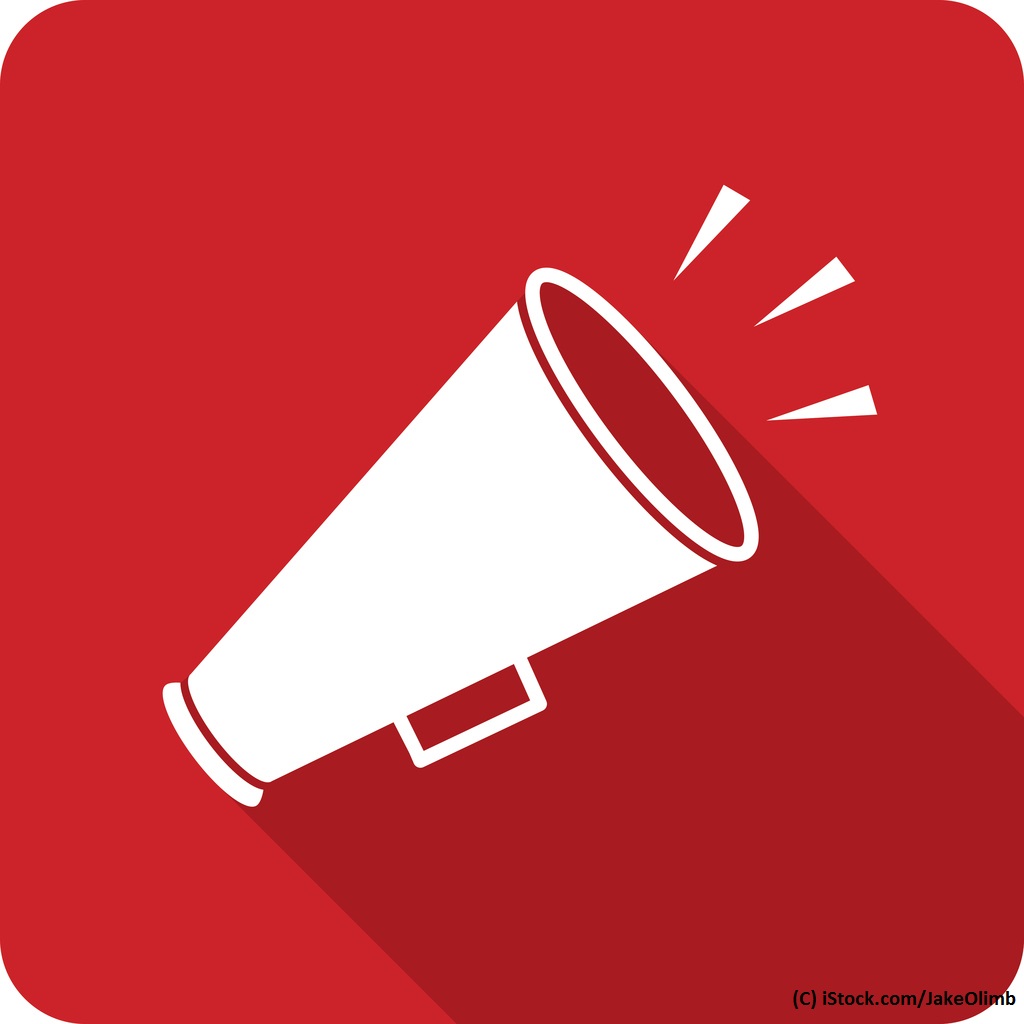
No marketing activity is complete without asking the customer to do something.
‘Buy now’
‘Sign up here’
‘Pre-order now’
Brands usually place these calls to action (CTAs) at the end of a piece of content in the hope that customers who relate to that content will go on to perform a specific act.
CTAs may have changed over the years, but the end goal hasn’t: put the right message in front of the right people at the right time, so they know what to do next.
It sounds simple, but testing CTAs is often something that marketers take for granted.
But when you consider that more than 90% of visitors who read your headline also read your CTA copy, it’s critical for businesses to learn to do this well.
Improving your CTAs
Businesses often spend a lot of time talking about what they offer, their product or service, but they seldom take the time to consider how their customers interact with or perceive their message.
Additionally, businesses rarely understand the importance of clearly asking their customers to do something through a CTA.
For instance, Salesforce found that brands on Twitter that asked for retweets (a simple, clear social media CTA), received a large number of responses. Those who asked for a ‘RT’ received 10 times more retweets than average, and those that spelled out the word ‘Retweet’ received 23 times more retweets than the average.
Effective marketing should always contain a call to action that outlines the next steps in the customer journey.
Here are four steps businesses should adopt, which can help them drive the best results.
1. Be clear and concise
CTAs should be authoritative, clear, concise commands that are easy for customers to identify and follow.
A common error businesses make when creating CTAs is making them too long – ‘Don’t forget to sign-up for our newsletter’ will be less successful than ‘sign-up for our newsletter’. Avoid using modal verbs such as should, could or might.
Using modal verbs creates an element of uncertainty in the mind of the target audience, presenting the action as an option. ‘Sign-up for our newsletter’ is authoritative and will be more successful than ‘you can sign-up for our newsletter’.
The drop-off rate for customers increases when CTAs become over complicated. When capture forms are necessary, they should be kept to essential information only. Name, email, and company fields can provide enough contact information for a business to follow-up with customers who have completed a CTA and registered their interest.
2. Communicate the benefits
Customers do not like being short-changed or misled, and they expect something in return for their time.
Before presenting the CTA, businesses need to communicate the benefits and outcomes to customers.
Being clear about a CTA will not only increase conversion rates, but improve the quality of respondents. If businesses explicitly state the nature of a CTA, only customers who are interested in the outcome will follow through.
This increases conversions but also improves the quality of engagement.
3. Proper placement
The location of a CTA on a website is important. Oddschecker, an online odds comparison service wanted to find a way to increase sign-ups to its website, but following user testing, it became apparent that the sign-up and log-in CTA buttons weren’t easily found by customers.
It moved the sign-up and log-in options out of a dropdown menu and put them directly on the navigation bar. The size of the search field was also reduced to accommodate their placement.
This generated a 406% uplift in clicks on the sign-up CTA, and an 82% increase in sign-ups.
4. Review and replicate
As technology and customer behaviour are constantly changing, businesses need to keep up to date and maintain their value by reviewing their CTAs, ensuring they are achieving their desired conversion rates.
Continuous testing of evidence-based hypotheses can help keep a business on top and tailoring CTAs will also help businesses stand out. Taking what works, personalising it and applying it to specific customer segments will improve conversion rates.
For example, whilst ‘sign-up now’ could work for existing customers, it might not be as effective for returning visitors who have never made a purchase. A more appropriate CTA for returning visitors would be ‘sign-up for our latest deals’.
Long story short: make it a call to action, not a whisper. Make it clear and personal, not vague and corporate. Make it easy for your customers to engage and get in touch with you.





